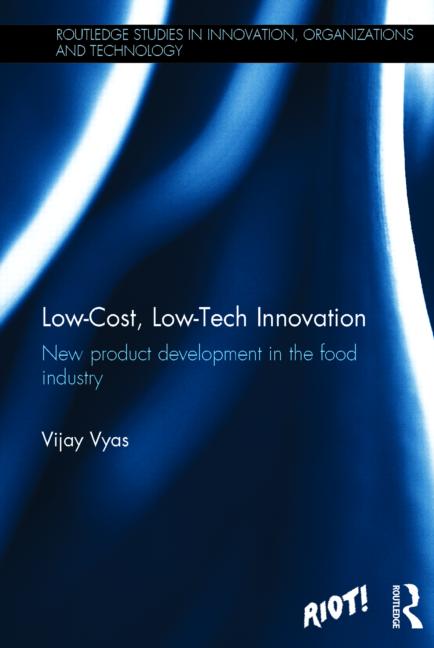Low-salt Label Equals Lack of Taste in Consumer Minds

The results of the research have important implications for how the food industry and health professionals approach the promotion of salt reduced products, said Deakin health expert Dr. Gie Liem.
“The reduction of salt in processed foods is needed and highly encouraged. Often, consumers can hardly taste the difference between salt reduced and non-salt reduced products,” Liem said.
“However, the results of our study indicate we need to be careful about how salt reduced products are marketed, so that consumers will not be turned off these products from a taste perspective.”
Most people today eat unhealthy levels of salt, with many consuming 8-9g per day, when the recommended level is no more than 4g. Too much salt in the diet can lead to a range of serious health conditions including increased blood pressure.
The Deakin researchers investigated the potential effect of labels such as “reduced salt” and the Heart Foundation tick on consumers’ expectations of products and their actual taste perception of these products.
The study involved 50 people, in a lab setting, tasting the same type of soup with three different salt levels and with three different labels (some identified as reduced salt) over three days. After an initial tasting of each soup, participants were permitted to add salt to all the soups if they felt it was needed.
“We found that when a product was labeled as ‘reduced salt,’ people believed the food was not as tasty as the unlabeled version, despite it having the same salt content. This negative taste experience resulted in more people adding more salt to the soup, than when such a label was not present. Interestingly, the Heart Foundation tick did not influence taste perception,” Liem said.
“This study highlights that promoting salt reduction as part of front-of-pack labeling can have a negative effect on how consumers perceive the taste of the product and on salt use.
“Therefore, it’s important for researchers, public health professionals, industry and governments to work together to carefully consider how best to communicate this message to consumers.”
The results of this study have been published online in Public Health Nutrition.
From the March 29, 2012, Prepared Foods’ Daily Update
Looking for a reprint of this article?
From high-res PDFs to custom plaques, order your copy today!





